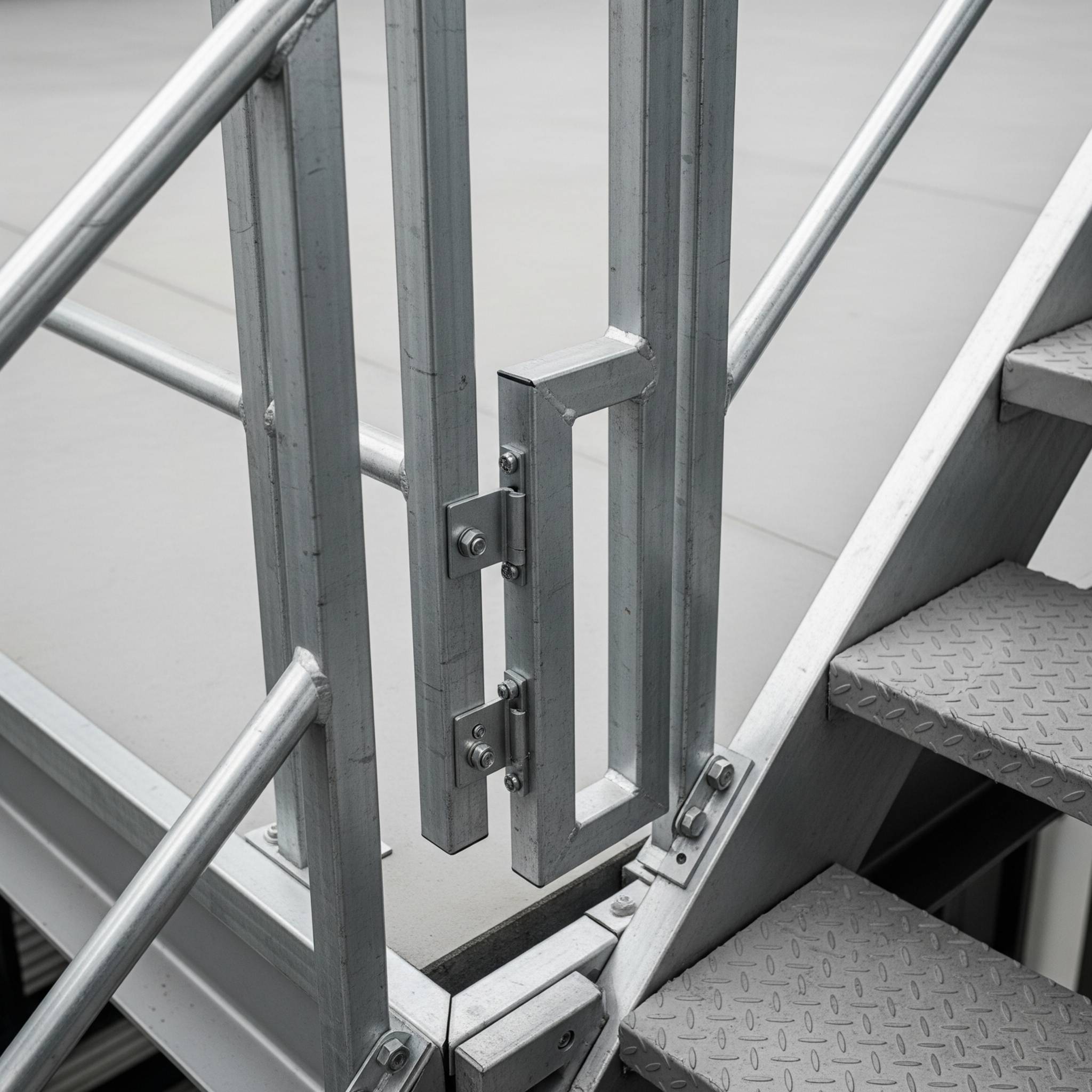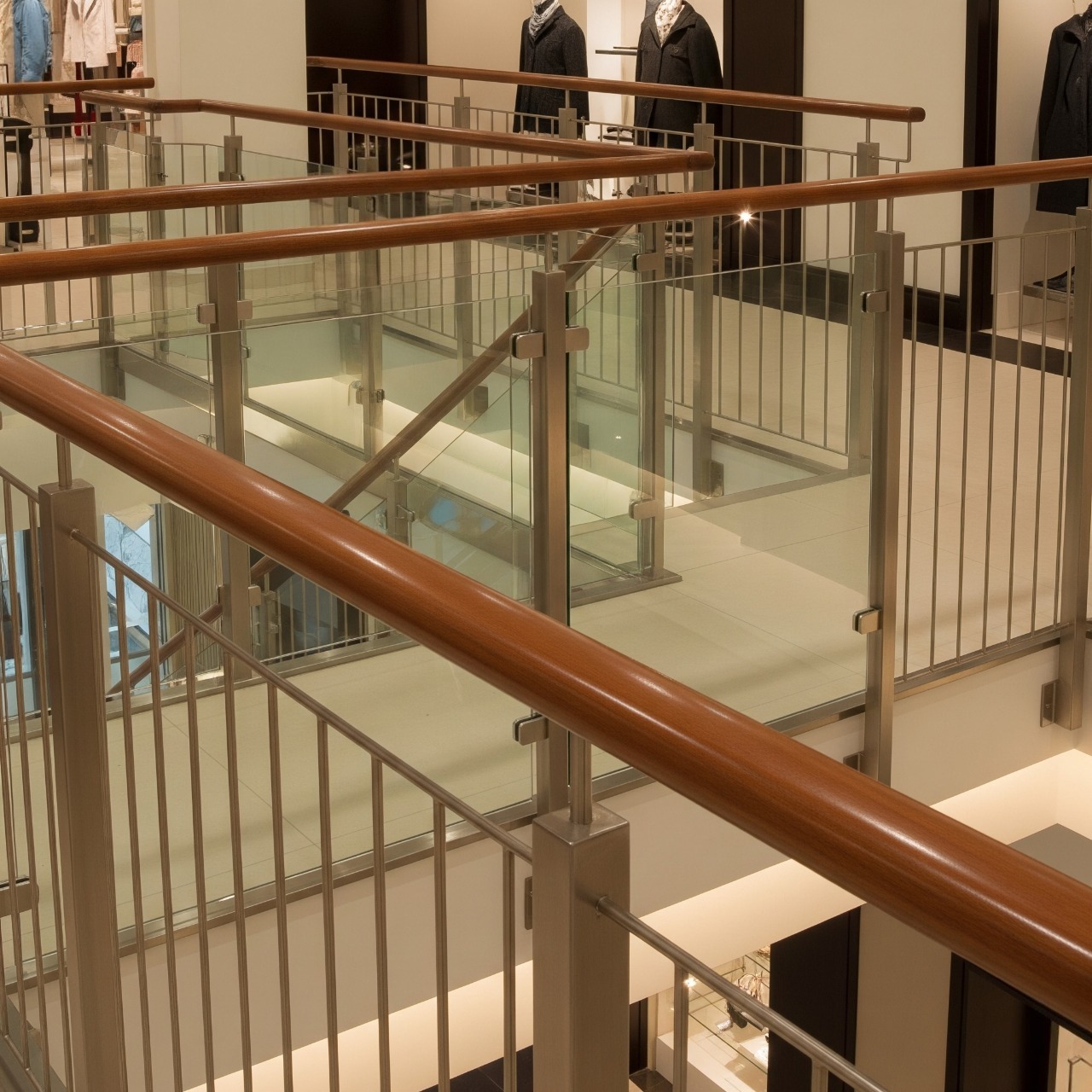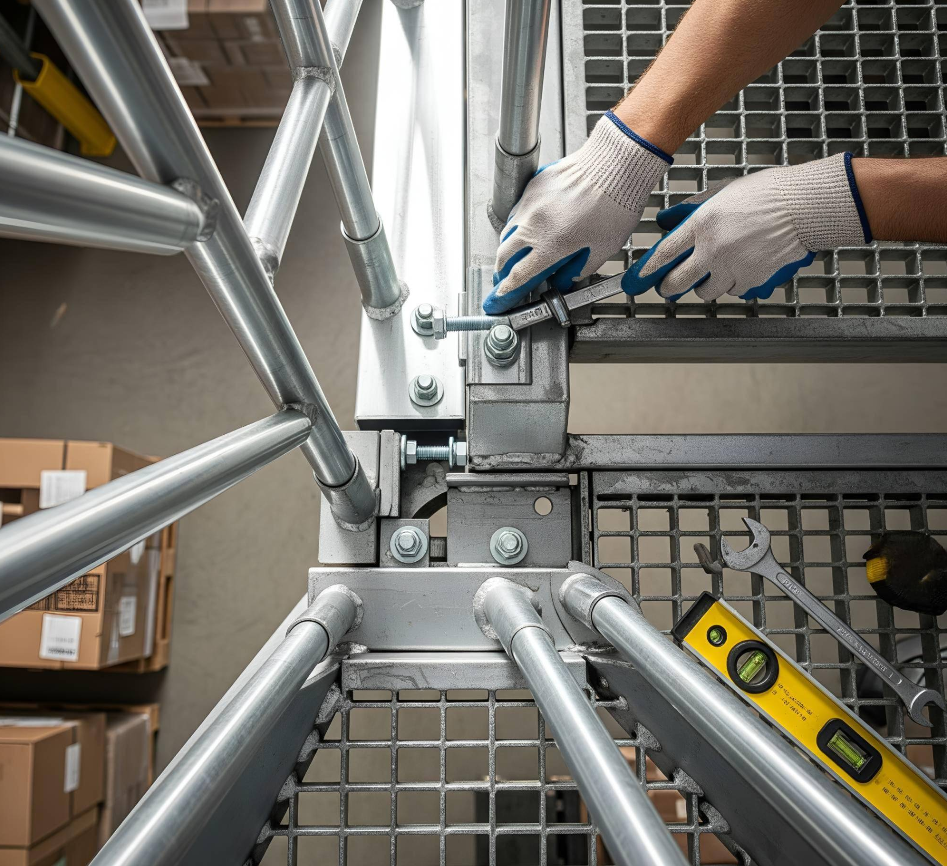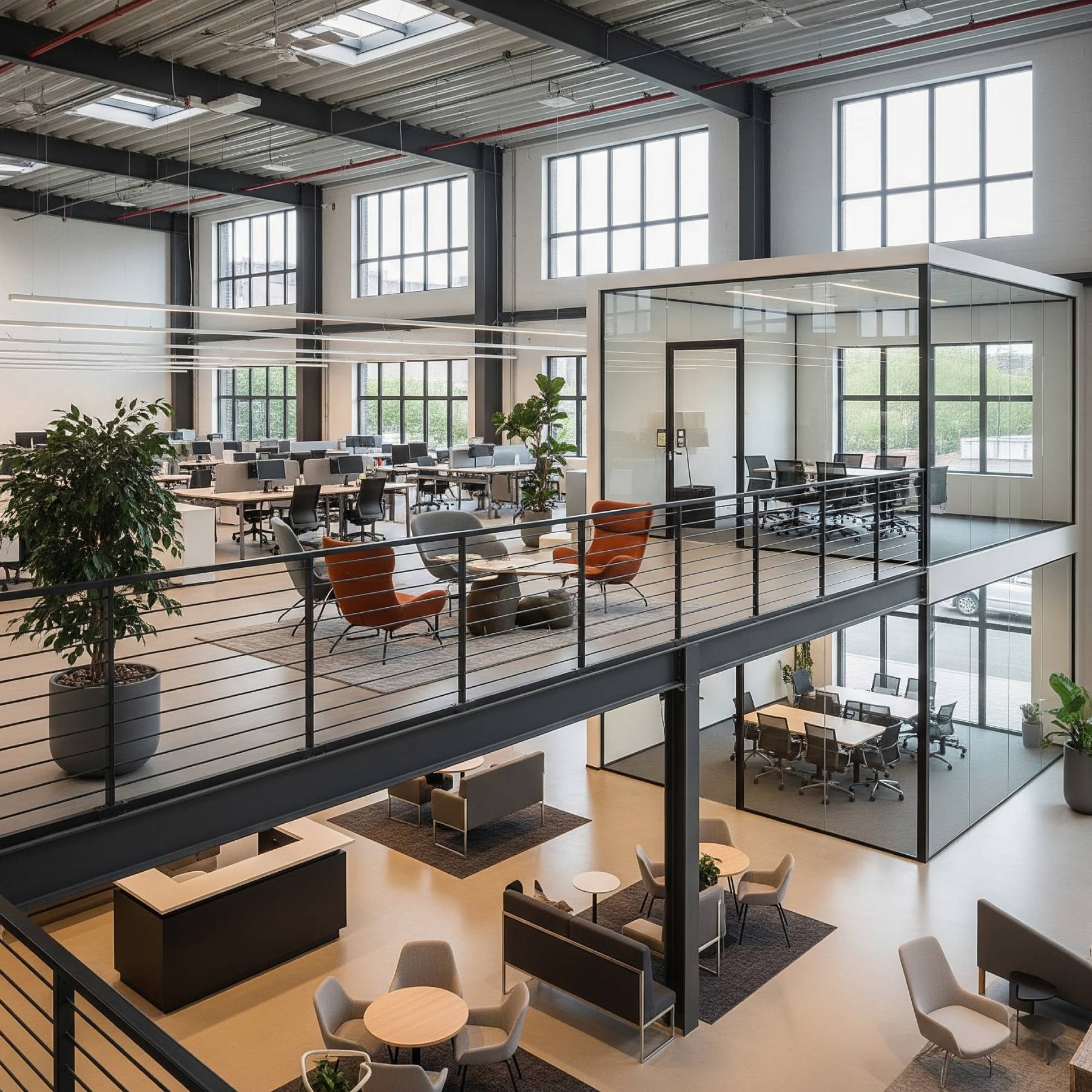Designing Safer Mezzanines: How Stairways, Pallet Gates, and Handrails Work Together

Mezzanine floors are a smart way to maximise vertical space in warehouses, offices, and retail environments. But while they boost efficiency and floor area, they also introduce risks if safety is overlooked. The key to a secure mezzanine lies in how its stairways, pallet gates, and handrails are designed and integrated. When these features work together, they protect staff, streamline operations, and ensure compliance with safety regulations.
Why Safety Integration Matters
Mezzanines are often busy zones for movement — people, goods, and equipment all share the space. Poorly planned access points, unprotected edges, or unsafe loading systems can lead to accidents and operational delays. By combining robust stairways, well-positioned pallet gates, and compliant handrails, businesses create a safer and more productive mezzanine environment.
Stairways: Safe and Accessible Routes
Stairways are the most common access point to mezzanine levels. A well-designed stairway should:
- Comply with building regulations (e.g., minimum tread depth, riser height, and handrail requirements).
- Include anti-slip treads for grip in industrial or warehouse settings.
- Provide dual handrails for secure support, especially where foot traffic is heavy.
- Be positioned strategically to avoid obstructing workflow while ensuring quick emergency exits.
Pallet Gates: Secure Material Handling
Loading and unloading goods at mezzanine height is one of the riskiest activities. Pallet gates are designed to prevent falls during this process by acting as a barrier. Effective pallet gate solutions include:
- Swing or sliding designs that keep edges protected whether open or closed.
- High-visibility finishes (such as yellow powder coating) for easy identification.
- Load-tested durability to handle regular warehouse use.
- Integration with handrails and balustrades so no unprotected gaps remain at the mezzanine edge.
Handrails & Balustrades: Edge Protection That Lasts
Handrails and balustrades are the backbone of mezzanine safety, offering protection from falls at elevated levels. Best practices include:
- Mid-rails and kick plates to prevent slips and objects falling.
- Material choice — steel for industrial spaces, glass or timber for offices and retail.
- Consistent integration with pallet gates and stairways, forming a continuous protective barrier.
Working Together: A Unified Safety System
The true strength of these features lies in their coordination:
- Stairways should seamlessly connect with handrail systems.
- Pallet gates should integrate with balustrades to eliminate exposed edges.
- Handrails must guide workers safely from ground level to mezzanine and through loading zones.
When designed as a holistic safety system, these elements reduce accident risks, improve workflow.
Conclusion- A mezzanine’s value is only as strong as its safety features. By thoughtfully integrating stairways, pallet gates, and handrails, businesses not only protect their teams but also enhance efficiency and regulatory compliance.
Ready to design a mezzanine that balances safety and performance? Contact our team for expert advice and tailored solutions.




